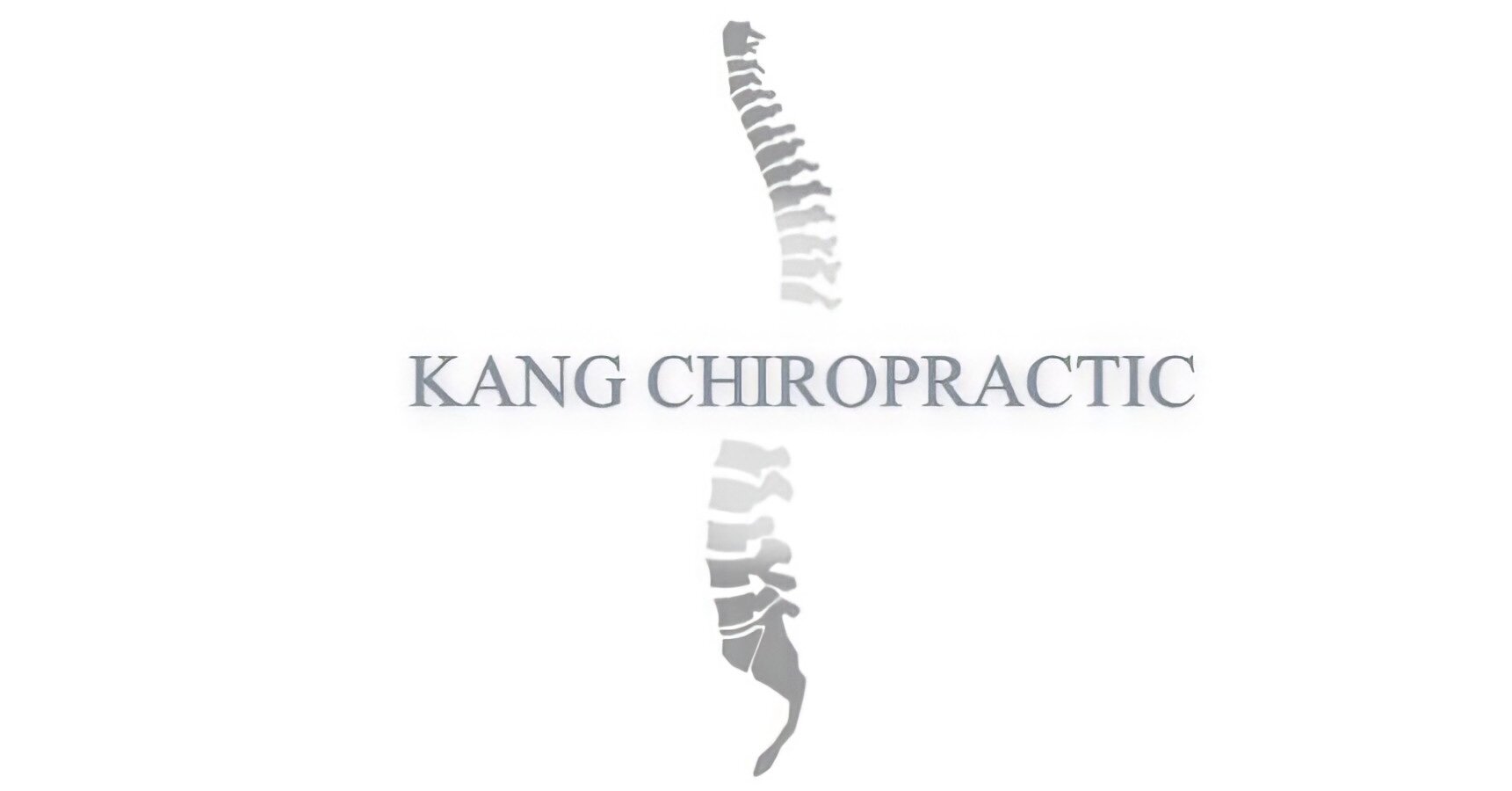
Kang Corrective Chiropractic has an established and growing reputation within the surrounding medical community as a reliable and beneficial co-management partner.
Our goal is to support your diagnosis and treatment while complimenting it with our own approach when appropriate. Co-management with Kang Corrective Chiropractic will benefit patients.
Objective measures of posture, spinal structure and biomechanics are taken before and after treatment interventions to provide evidence based comparison reports.
Each treatment plan is prescribed with specific detail and is unique to the individual patient’s structural weakness or injury.
Diagnostic reports are provided following the initial evaluation and comparison reports are provided post interventions. Summary and progress reports may be requested at anytime.
Non-Surgical Case
Non-Surgical Providers should consider Kang Corrective Chiropractic Co-management when:
a patient is not responding to care as expected
when structural health is not a focus of the providers care
Co-management with Kang Corrective Chiropractic will benefit patients suffering with:
musculoskeletal pain syndromes
neuromuscular complications
motor vehicle collision injuries
unexplained visceral conditions
Surgical Case
Surgical Providers should consider Kang Corrective Chiropractic Co-management when:
a patient is deemed to not be a surgical candidate
pre-surgical sagittal or coronal presentation predicts poor surgical outcomes
Co-management with Kang Corrective Chiropractic for Pre-operative care:
Pre-operative “Pre-habilitation” to reduce fibrosis, increase flexibility, and improve sagittal curvature and coronal balance
Post-operative Rehabilitation to minimize fibrosis, speed healing times, correct remaining postural distortions, and improve sagittal curvatures and coronal balance.
Cervical curvature measured by our computerized spinal mensuration software. Green line is normal alignment, red line is patient’s abnormal deviation.
Magnetic Resonance Imaging study shows restoring cervical lordosis increases the diameter of spinal canal.
Research
Chiropractic BioPhysics Non-Profit is our research arm, which has published more than 150 peer reviewed publications to date, constituting the largest volume of research put forth by any one chiropractic group. Dr. Deed Harrison, the techniques lead instructor and researcher, is the most published chiropractor in history and currently serves as a manuscript reviewer for several of the top orthopedic journals in the world including; Spine, Clinical BioMechanics, Clinical Anatomy and The European Spine Journal.
There are multiple Controlled Trials documenting our ability to improve sagittal and coronal plane profiles:
The efficacy of lumbar extension traction for sagittal alignment in mechanical low back pain: A randomized trial. Click Here
Lumbar lordosis rehabilitation for pain and lumbar segmental motion in chronic mechanical low back pain: a randomized trial. Click Here
Increasing the cervical lordosis with chiropractic biophysics seated combined extension-compression and transverse load cervical traction with cervical manipulation: nonrandomized clinical control trial. Click Here
To view a list of the over 130 peer reviewed papers published by CBP. Click Here
There are multiple studies showing that sagittal balance predicts long term surgical outcomes:
Postoperative cervical sagittal imbalance negatively affects outcomes after surgery for cervical spondylotic myelopathy. Click Here
The impact of standing regional cervical sagittal alignment on outcomes in posterior cervical fusion surgery. Click Here
Association of preoperative cervical spine alignment with spinal cord Magnetic Resonance Imaging hyperintensity and myelopathy severity: analysis of a series of 124 cases. Click Here







